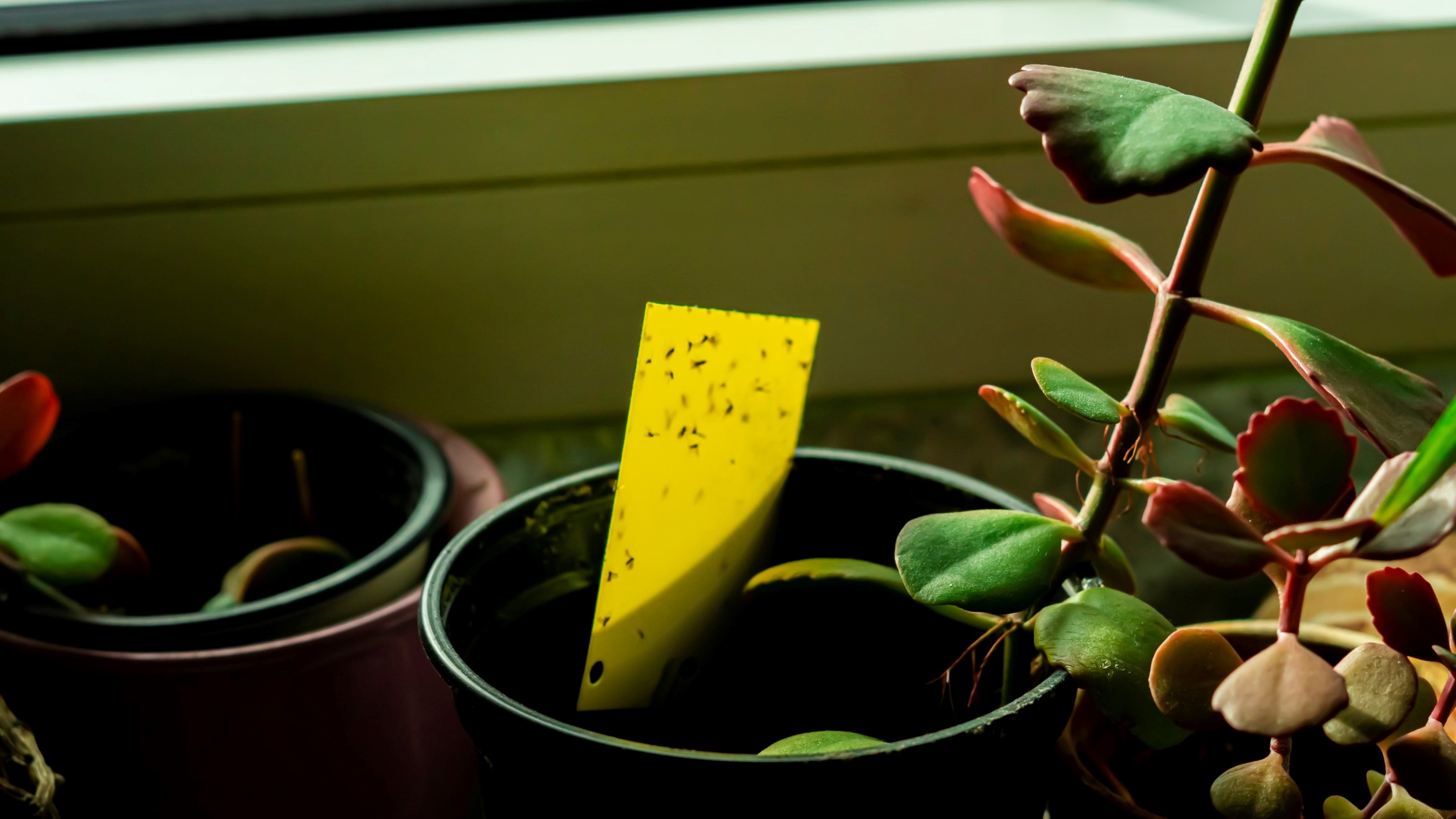
Need to know how to get rid of fungus gnats? The tiny insects can be quite annoying, especially if they're congregating around your home in large numbers. If you see them around your plants, the elimination steps will be pretty straightforward. However, as we'll be learning, fungus gnats are not always a houseplant-related problem.
As with all other types of flying insects, it's important to first establish the cause of their presence and then follow appropriate steps. We've asked professional pest controllers to explain why your home may be infested by fungus gnats - and how to get rid of them quickly and effectively.
Fungus gnats. vs. gnats: which one do I have?
Before we dive deep into elimination methods, though, there's an important distinction to make between gnats more generally and fungus gnats specifically. The insects typically referred to as 'gnats' are actually small mosquitoes and they bite humans, typically in backyards on warm summer evenings.
Fungus gnats are a completely different species of insect. The good news is that they won't bite and, according to the owner of Kapture Pest Control John Melchior, 'adult fungus gnats are harmless unless you accidentally breathe one in when they’re buzzing around your face. They’re scrawny, weak fliers, so it doesn’t take much to blow them off course. They don’t bite, and they don’t damage the structure of your home.'
The one true problem with fungus gnats is that they breed very quickly and in very large numbers: 'an adult female fungus gnat will lay about 300 eggs over the course of her week-long life, and those eggs turn into larvae that feast on the decaying organic matter in potting soil or on the roots of your houseplants.' So, if it's your indoor plants you're trying to protect, fungus gnats are definitely a problem. And that's not all.
Fungus gnats and water damage: what you need to know
If your home recently has been hit by a flood or tropical storm and you have large swarms of fungus gnats, you have water damage in your property. Melchior explains: 'When Tropical Storm Ida hit New Jersey in 2021, homes damaged by water, whether by flooding or infiltration of rain from the strong winds, saw a high rate of fungus gnat infestation due to the mold that grew in flooring, walls, and ceilings. It was the only time in my career that I’ve been called on to help residents deal with large numbers of these harmless but annoying pests.'
So, if you have fungus gnats in areas that don't have any houseplants, especially in a basement or bathroom, you need to call out a professional for water damage assessment (and a pest controller to deal with the fungus gnat problem).
If you don't have water damage in your home and want to get rid of fungus gnats in your plants on a DIY basis, follow these steps.
How to get rid of fungus gnats
1. Identify their presence
The first port of call when trying to work out how to get rid of gnats in plants is if your plants are looking poorly, there are tell-tale signs of the fungus gnat.
'If you see little specks of bugs walking on them, you’ve likely got fungus gnats. Dig into the soil a bit, especially near the stem of the plant. Do you see white or nearly translucent worms with shiny black heads? Those are actually the fungus gnat larvae.'
2. Stop watering your plants
In many cases, it's that simple. If your plants have soggy soil, with watering standing in saucers, you're overwatering. Pour the water out from the saucers and let the soil completely dry out. Fungus gnats 'hate dry soil, so let it dry out before watering again, and add an extra day to your watering routine.'
3. Give your plants a bleach bath
Hydrogen peroxide can be bought on Amazon and is very effective if your plants are in a truly poor state. 'Hydrogen peroxide immediately kills the larvae it comes into contact with,' Melchior explains and recommends the following recipe: 'mix 1 part hydrogen peroxide (the standard 3 percent topical stuff) to 4 parts water and drench the soil close to the plant’s base. Water slowly until it begins to drain from the bottom of the pot.'
Don't have bleach? Neem oil will also do the trick.
4. Sprinkle cinnamon to protect your plants
Ground cinnamon is anti-bacterial and anti-fungal and is very effective against fungus gnats in plants as 'additional insurance, especially if your plants continue to look wilted or yellowed or if you see more gnats or larvae.' All you need to do is 'sprinkle cinnamon on the surface of the soil. It acts as a pesticide.'
5. Quarantine new plants
If you're careful about watering your plants correctly and are still noticing fungus gnats, you may have brought them in with a new houseplant. 'If you bring a new plant into the house, whether purchased at a greenhouse or nursery or replanted from your yard, it’s possible to introduce adults and larvae in the potting medium.'
For this reason, you should 'keep the plant in quarantine for at least three weeks and watch for any evidence of infestation before letting the newcomer join your indoor garden.'
6. Make a fungus gnat trap
A fungus gnat trap will be quite different from a regular gnat or fruit fly trap. Wine, fruit juice, and the like will not work with fungus gnats - you need a different method.
Megan Wede who co-owns and operates the pest control company, Done Right Pest Solutions, advises: 'I would suggest taking some additional potting soil and an additional pot (you can use one with a plant in it, but only if you're okay with losing that plant).
'Douse the soil with a good amount of whatever vinegar type you're using. Wait. The gnats should be attracted to the soil and die off/drown/be saturated in the vinegar or whatever method you're using.
'You may need to replenish the liquid some over the course of the 2 weeks as needed (kind of like you'd water a plant). Hopefully, this will keep the fungus gnats out of your other plants and into this pot with no plant.'
Don't want to be messing with vinegar? You can buy sticky fungus gnat traps from Amazon.
What kills fungus gnats instantly?
Wede recommends focusing on 'pungent' and 'potent' remedies: 'apple cider vinegar, red wine vinegar, rice wine vinegar, vinegar, bleach.'
Is it possible to completely get rid of fungus gnats?
Yes. 'It is completely possible to get rid of fungus gnats. But, if you've tried trapping them on your own for 2-3 weeks with no luck, it's best to call a professional. Typically you can kill them off fairly quickly by targeting what they love best.'
Join our newsletter
Get small space home decor ideas, celeb inspiration, DIY tips and more, straight to your inbox!
Anna is a professional writer with many years of experience. She has a passion for contemporary home decor and gardening. She covers a range of topics, from practical advice to interior and garden design.
-
 How to repel ticks in your backyard — 5 methods to stop these pesky pests invading your space
How to repel ticks in your backyard — 5 methods to stop these pesky pests invading your spaceWant to know how to repel ticks in your backyard? We've asked landscaping experts for their top tips, plus curated highly-rated picks to help you get rid
By Eve Smallman
-
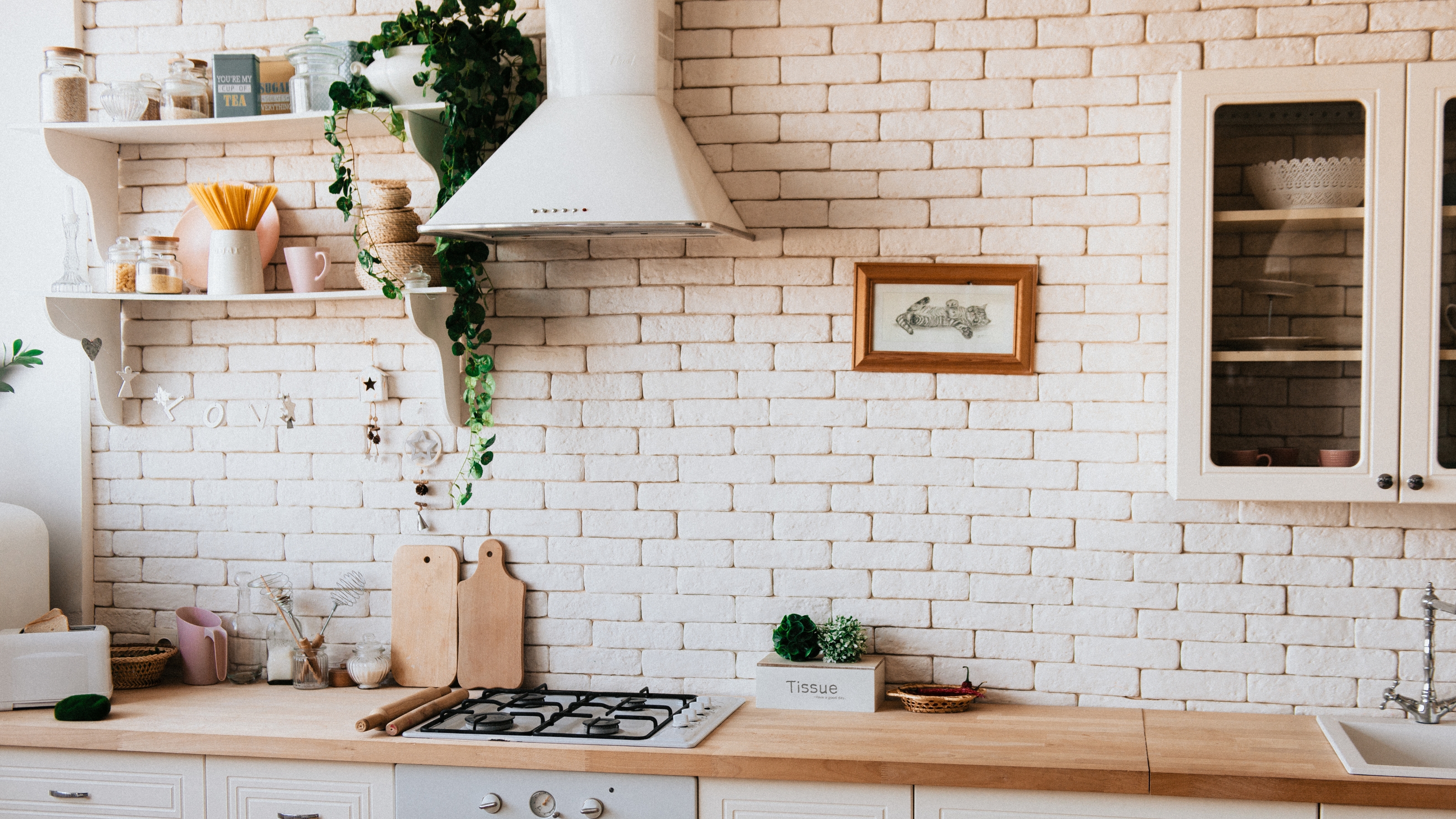 Experts reveal the 7 pest control mistakes that are making your infestation worse and how best to avoid them in your home
Experts reveal the 7 pest control mistakes that are making your infestation worse and how best to avoid them in your homeExperts reveal the pest control mistakes worsening or prolonging your home bug infestation, how best to avoid them when eradicating bugs from your home
By Punteha van Terheyden
-
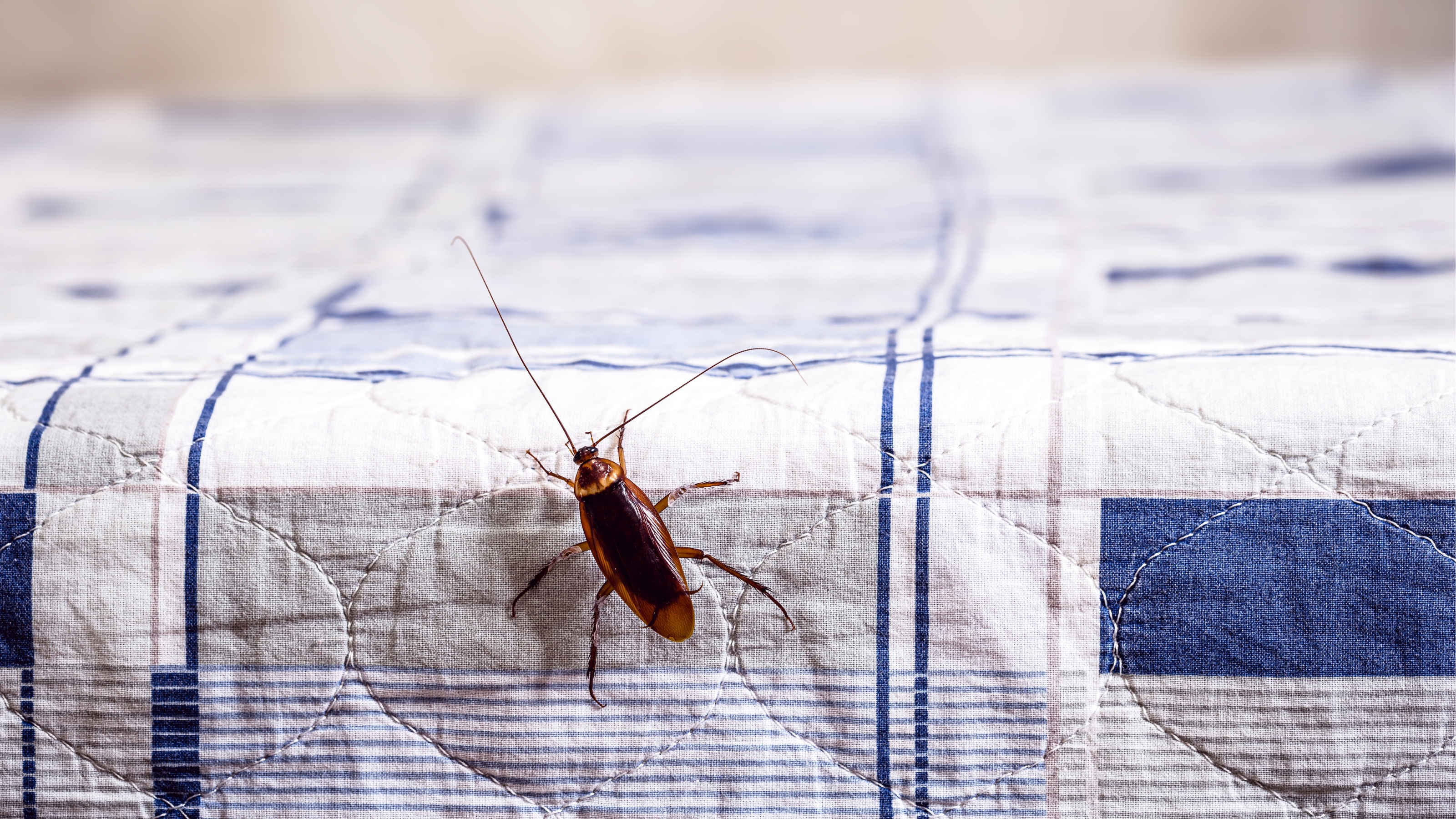 The three household cockroach facts you can harness for better pest control
The three household cockroach facts you can harness for better pest controlExperts reveal three cockroach facts you can use to bolster your battle to banish these pesky bugs from your home
By Punteha van Terheyden
-
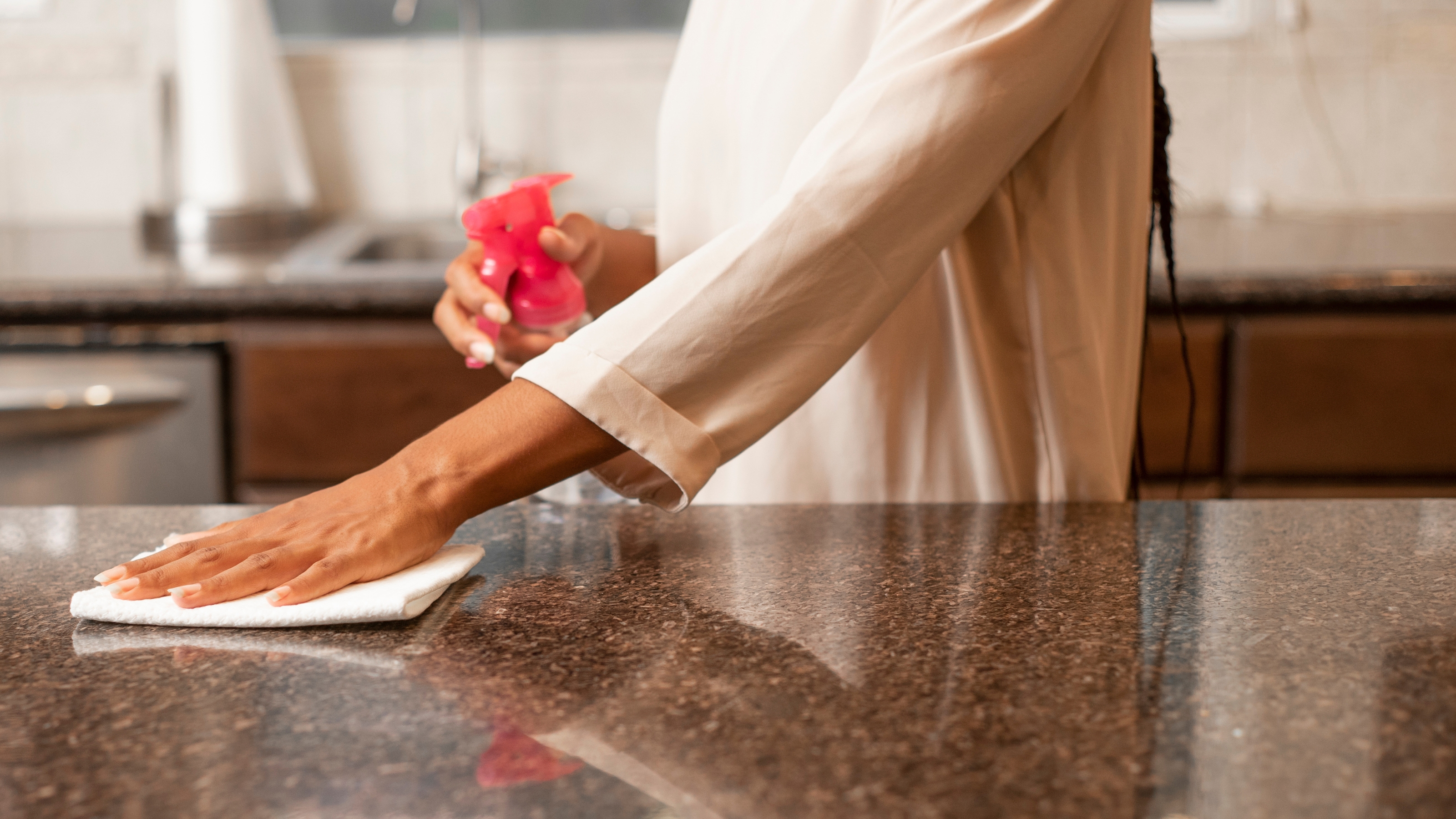 How to get rid of cockroaches in the kitchen — swot up on roach behaviour to banish them permanently, say experts
How to get rid of cockroaches in the kitchen — swot up on roach behaviour to banish them permanently, say expertsPro tips on how to get rid of cockroaches in the kitchen, including why they come in, understanding roach behaviour, and steps to banish them for good
By Punteha van Terheyden
-
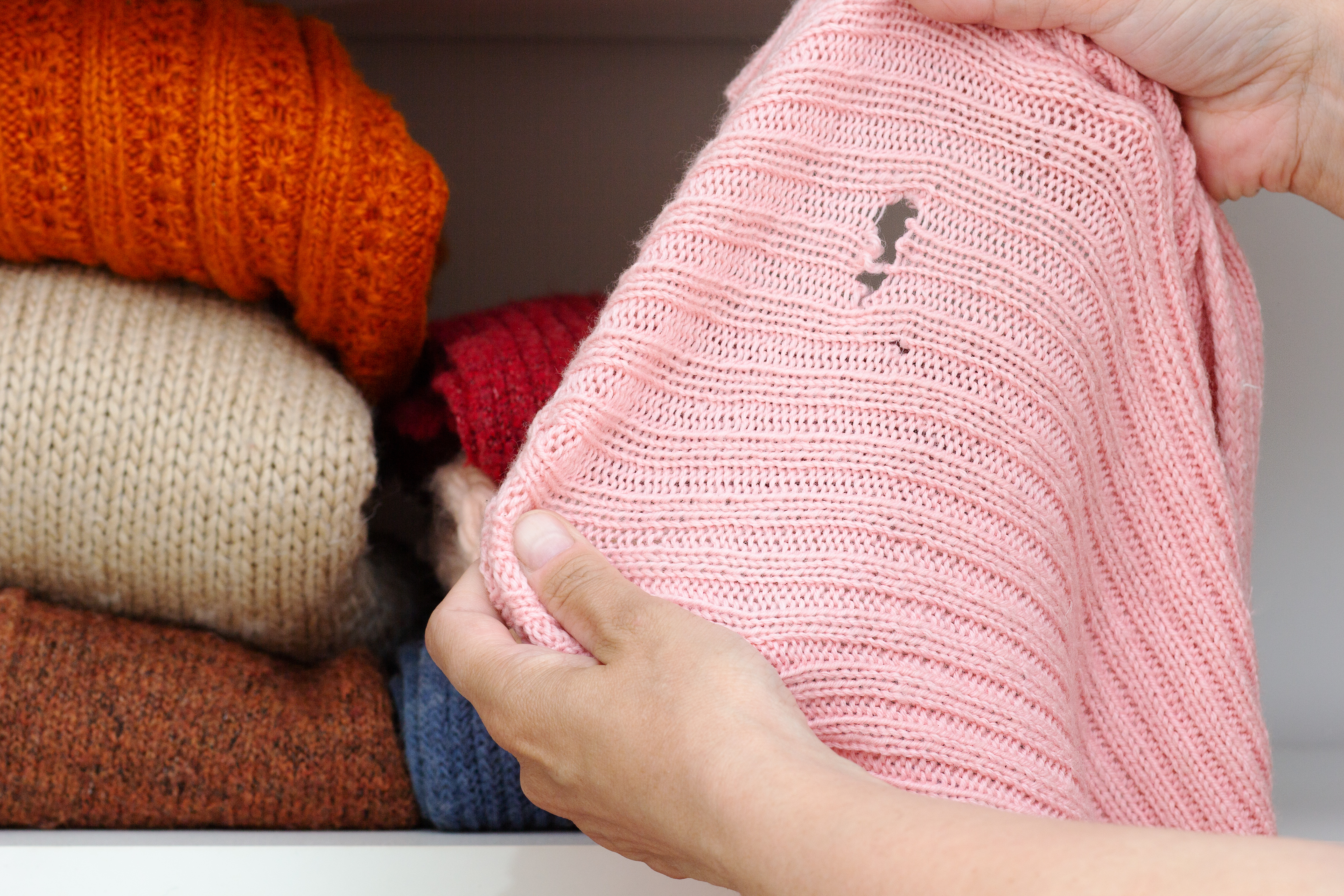 Learn how to identify bugs in your home and spot infestations of the 15 most common critters
Learn how to identify bugs in your home and spot infestations of the 15 most common crittersExperts reveal how to identify bugs in your home, and spot signs of an infestation including gnats, mealybugs, moths, bedbugs, termites, cockroaches and more
By Punteha van Terheyden
-
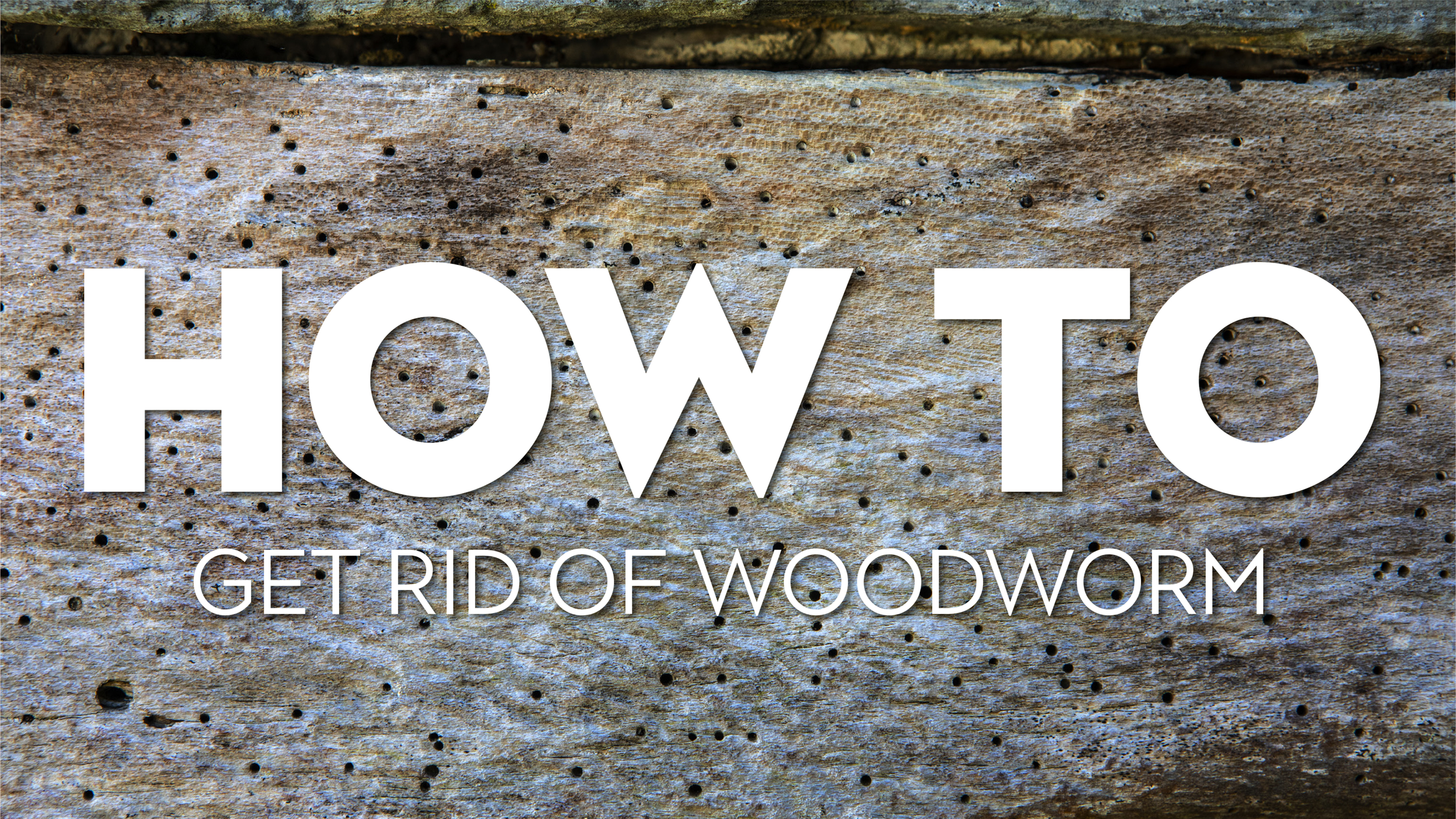 How to get rid of woodworm, and identify an infestation
How to get rid of woodworm, and identify an infestationFind out how to get rid of woodworm – and fast, before it spreads and ruins your hardwood flooring and furniture
By Lucy Searle
-
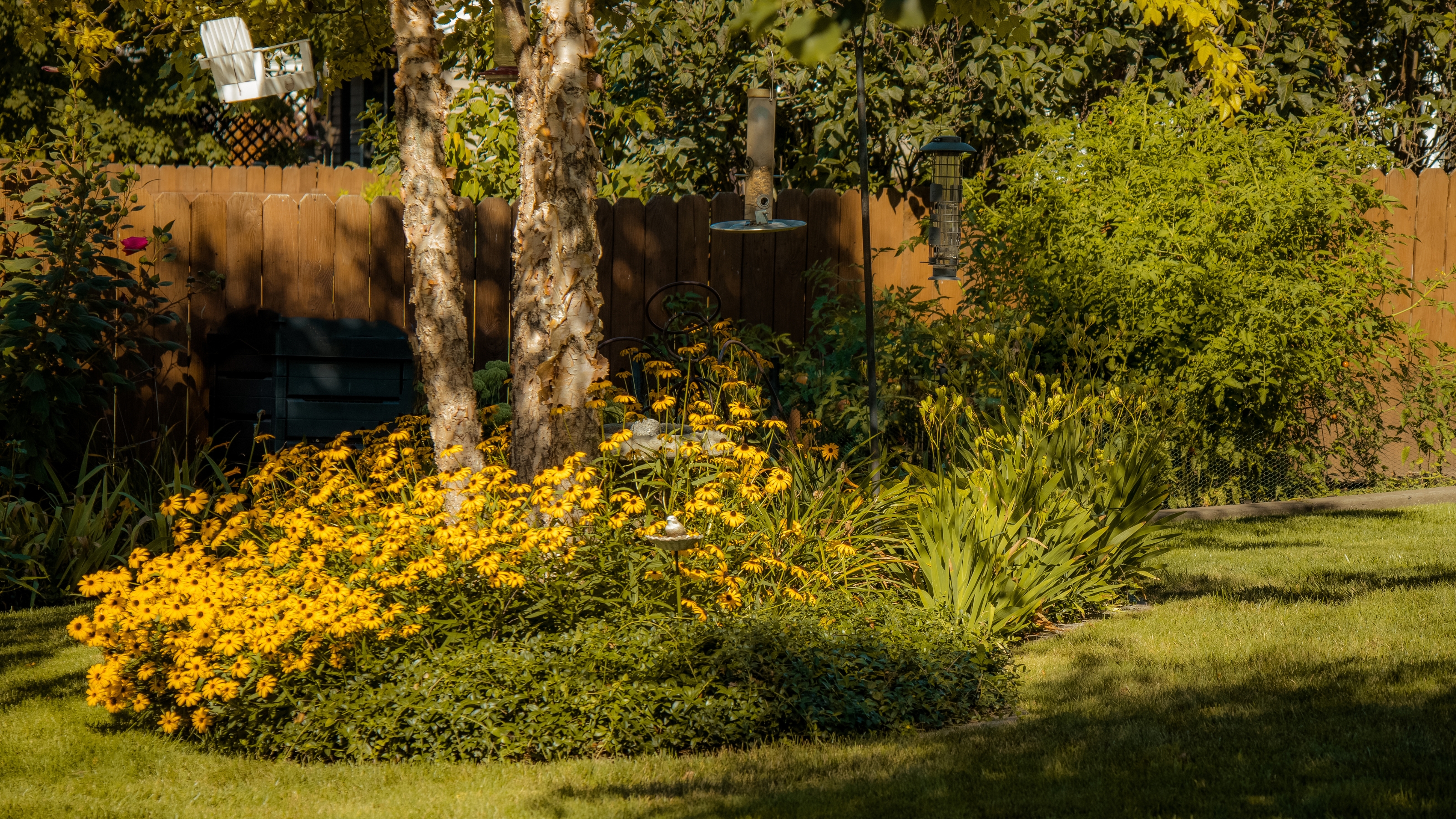 How to get rid of flying ants, indoors and out
How to get rid of flying ants, indoors and outDiscover how to get rid of flying ants using DIY methods with items you already have at home
By Punteha van Terheyden
-
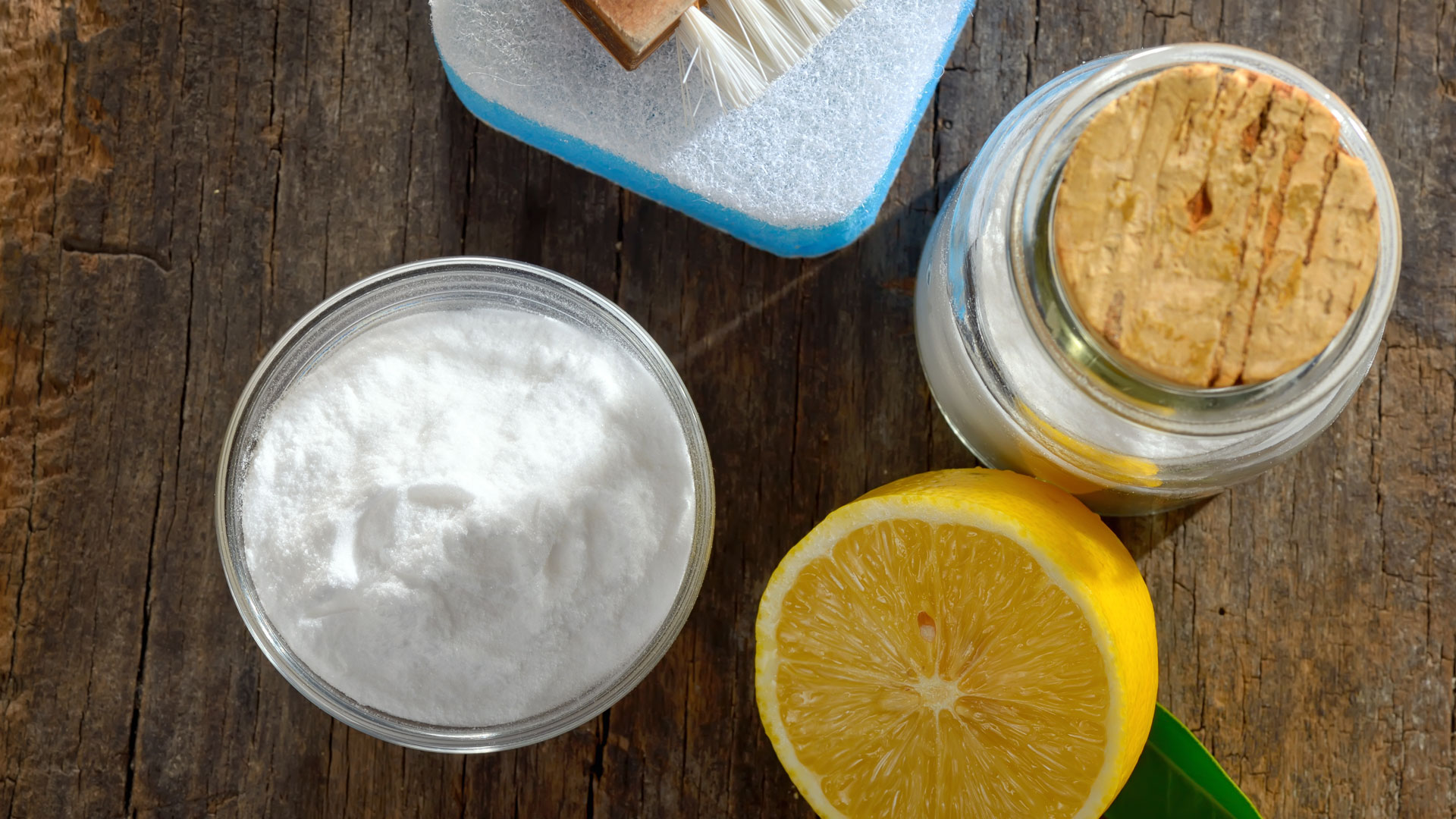 Where to buy diatomaceous earth (and what to use it for)
Where to buy diatomaceous earth (and what to use it for)Perfect for pest control and household cleaning, find where to buy this handy product in bulk
By Lindsey Davis